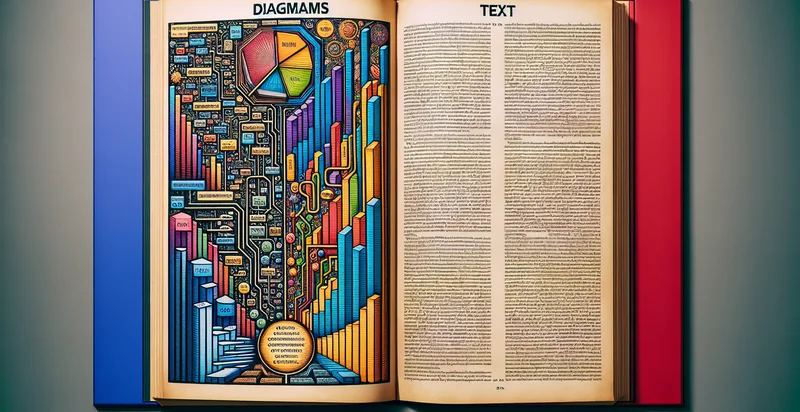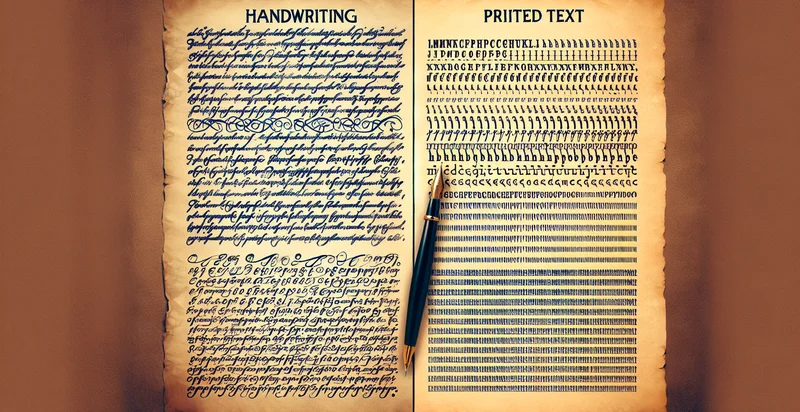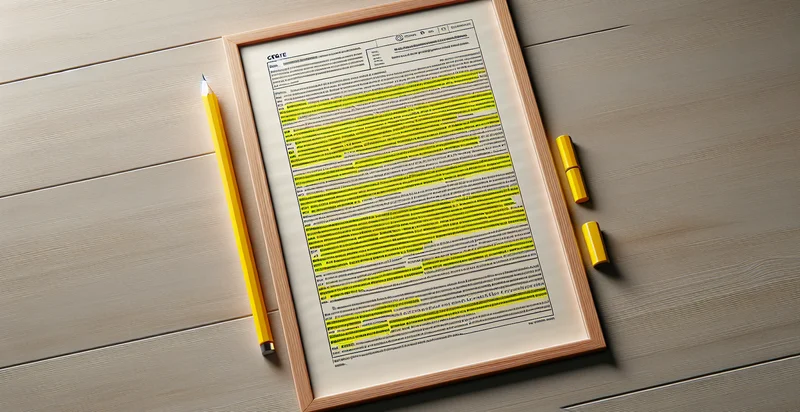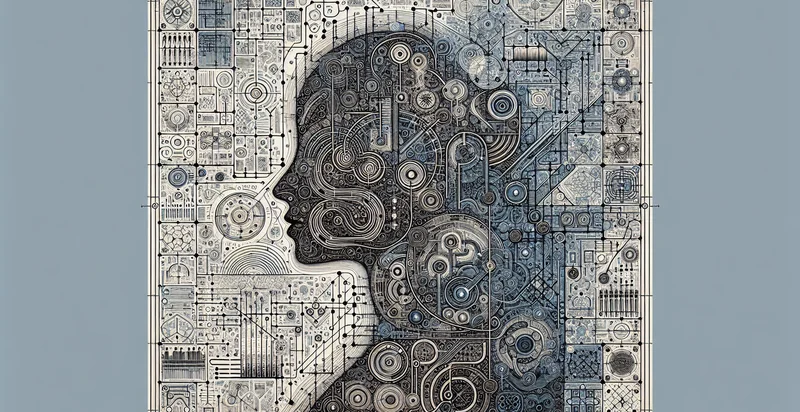Identify diagrams vs text
using AI
Below is a free classifier to identify diagrams vs text. Just upload your image, and our AI will predict if the image contains a diagram or text - in just seconds.

Contact us for API access
Or, use Nyckel to build highly-accurate custom classifiers in just minutes. No PhD required.
Get started
import nyckel
credentials = nyckel.Credentials("YOUR_CLIENT_ID", "YOUR_CLIENT_SECRET")
nyckel.invoke("diagrams-vs-text-identifier", "your_image_url", credentials)
fetch('https://www.nyckel.com/v1/functions/diagrams-vs-text-identifier/invoke', {
method: 'POST',
headers: {
'Authorization': 'Bearer ' + 'YOUR_BEARER_TOKEN',
'Content-Type': 'application/json',
},
body: JSON.stringify(
{"data": "your_image_url"}
)
})
.then(response => response.json())
.then(data => console.log(data));
curl -X POST \
-H "Content-Type: application/json" \
-H "Authorization: Bearer YOUR_BEARER_TOKEN" \
-d '{"data": "your_image_url"}' \
https://www.nyckel.com/v1/functions/diagrams-vs-text-identifier/invoke
How this classifier works
To start, upload your image. Our AI tool will then predict if the image contains a diagram or text.
This pretrained image model uses a Nyckel-created dataset and has 2 labels, including Diagrams and Text.
We'll also show a confidence score (the higher the number, the more confident the AI model is around if the image contains a diagram or text).
Whether you're just curious or building diagrams vs text detection into your application, we hope our classifier proves helpful.
Related Classifiers
Need to identify diagrams vs text at scale?
Get API or Zapier access to this classifier for free. It's perfect for:
- Document Classification: This use case involves automatically categorizing documents as either diagrams or text. Businesses can streamline their document management systems, improving search efficiency and reducing manual sorting.
- Educational Content Organization: Educational platforms can utilize this functionality to classify learning materials, allowing students and instructors to easily find diagrams or textual information based on their needs. This enhances the learning experience by improving accessibility.
- Research Paper Analysis: Academic researchers can implement this binary classification to quickly identify and separate diagrams from text in research papers. This can assist in data extraction and analysis, saving time and improving research quality.
- Content Moderation for Online Forums: Online communities can use this classification tool to moderate user content by filtering out diagrams from discussions that require textual input. This ensures that users remain focused and information is communicated effectively.
- Marketing Material Sorting: Marketing teams can leverage this function to categorize promotional material into diagrams and text-based content. This aids in strategizing campaigns by isolating visual content versus written narratives.
- Automation in Data Annotation: For machine learning projects involving document analysis, this tool can automate the data annotation process by labeling documents as diagrams or text. This can significantly reduce the time and cost of preparing datasets for training models.
- User Experience Enhancement in Applications: Applications designed for users to upload or present content can use this identifier to ensure the correct display format, adapting to whether content is diagrammatic or textual. This optimization leads to better user engagement and satisfaction.


